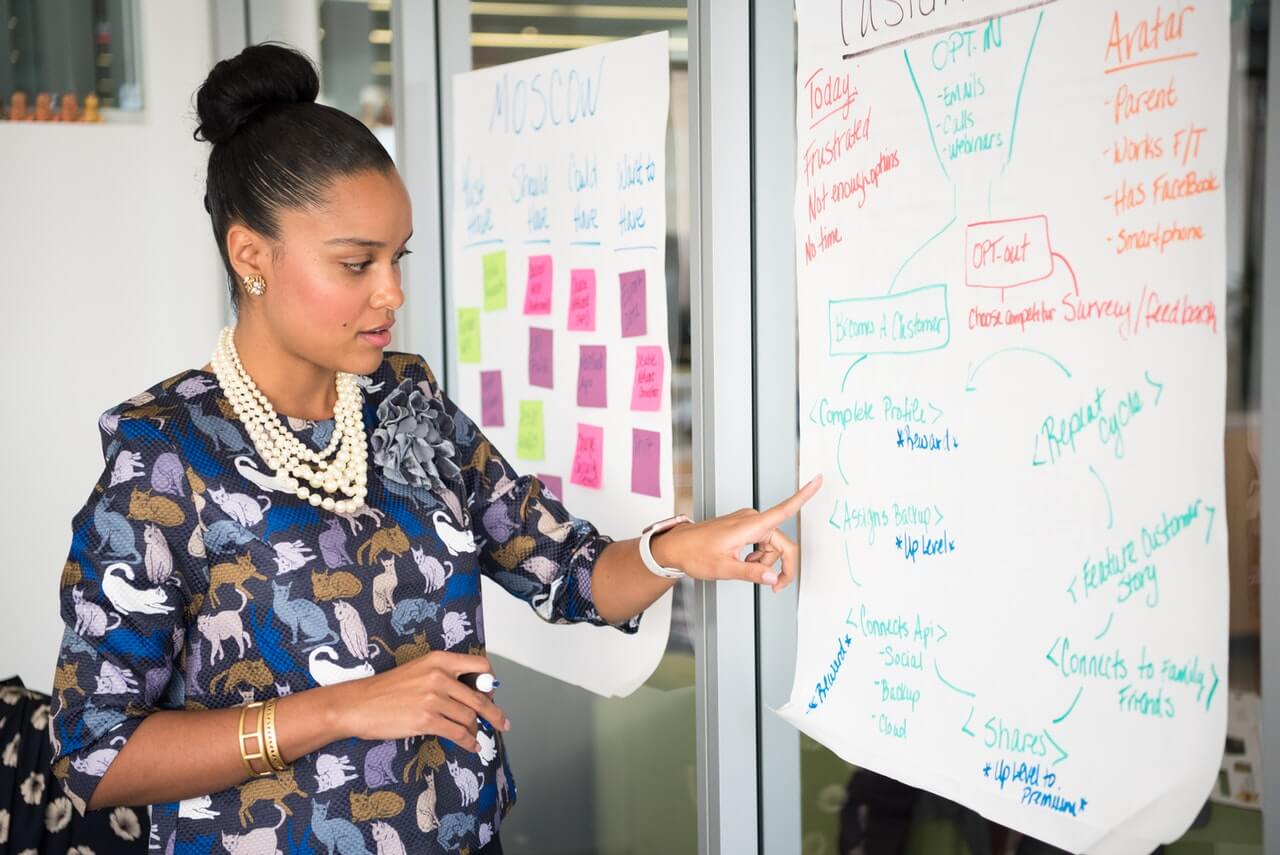I met my little grandson when he was only two days old. Of course he was absolutely gorgeous and I was instantly smitten. But what struck me most as I held him was his face, specifically how expressive it was. In the course of a few minutes he went from peaceful contentment to wide eyed …
Sales & Marketing/
Advertising & PR
In continuing with the subject of using the mapping technique (where bubbles/boxes/shapes are used) to organize and visualize your ideas, the following are some more ways that mapping helps; especially with documentation. Aids in organizing documents – Use mapping to group or categorize various documents or their parts to remain organized. Aids in creating technical …
Many of our presentations deliver “just the facts.” Budgets, updates, status reports; these are generally full of facts and details. Less frequently, we are called on as leaders to deliver a motivational message. Initiating a new project, pulling together to improve our deliverables, asking people to volunteer or donate money, or even hosting a retirement …
Mapping is a technique for organizing and visualizing your ideas. It is a great way to communicate relationships within different ideas, and shows how all these ideas or thoughts are connected. Mapping is used in many areas from writing to creating flow charts to designing an application. Technical writers can use this mapping technique to …
James was a skilled high potential leader who spoke with great composure and strength. These skills had served him well in his previous roles, but now he was moving into “large group” presentations where he needed to provide direction rather than details, and motivate more than inform. His goal was to add more appeal, more …
In reviewing the previous post, it is noted that even though we came up with more drawbacks for the employee as a remote communicator, the benefits still outweighed the drawbacks in the long run, due to a better quality of life. But now, let’s talk about the benefits and drawbacks for an organization when working …
Joanne was one part excited and one part nervous. She had been asked to speak on a panel discussion, and jumped at the chance. Afterward she realized that she wasn’t sure exactly how to ace this special presentation. Together we came up with the following checklist to help her on her way to success. Before …







